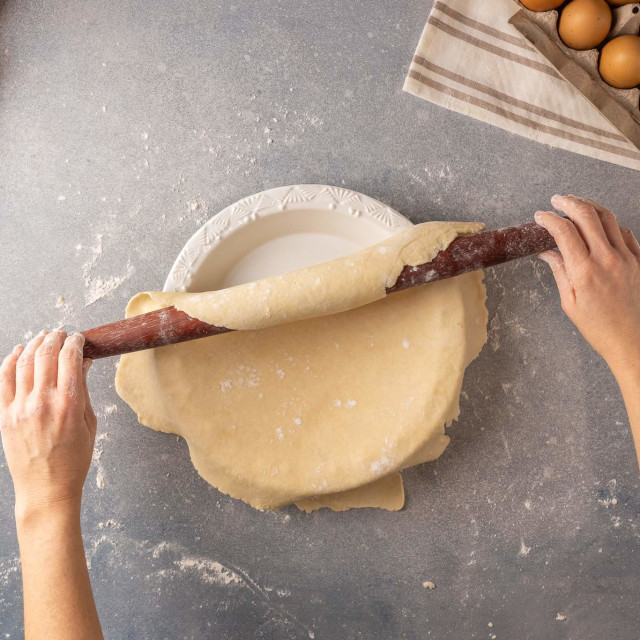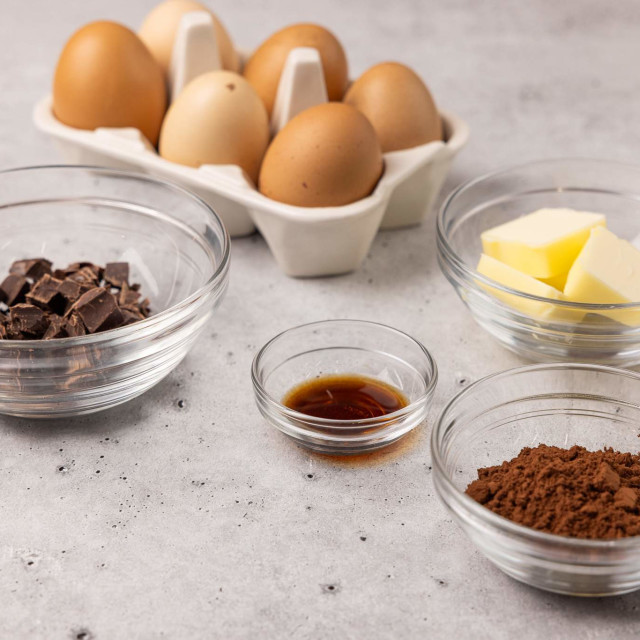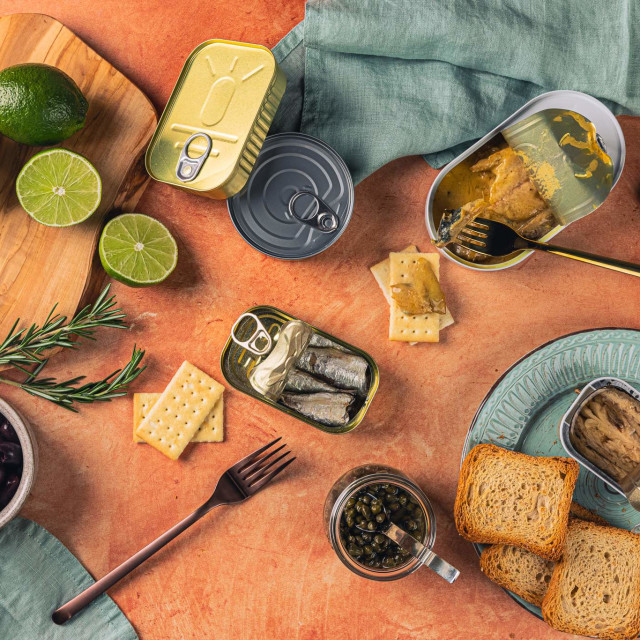Baking Powder
Baking powder, like yeast, is responsible for the rise in batters and doughs. It is a combination of baking soda (alkaline) and cream of tartar (acid) with cornstarch added for bulk and to prevent moisture in storage. When liquid is folded into dry ingredients, air bubbles begin to form during mixing or kneading. The baking powder mix creates a chemical reaction, carbon dioxide is released, and the bubbles expand.
Varieties
Double-acting powder is the most common and causes a batter to rise twice. It contains two acidic ingredients, usually cream of tartar and S.A.S. (sodium aluminum sulfate/alum). The first action begins when liquid is added; the second occurs with heat. This is ideal as many products “rest” before going into the oven.
Single-acting baking powder (homemade) reacts only once, when mixed with liquid. Use only if planning to bake as soon as the ingredients are mixed.
Aluminum-free powders are available, which do not leave a taste in lightly-flavored baked goods. Low-sodium products are also marketed.
Storage Tips
Kept cool, it will last up to twelve months.
Usage Tips
- To test whether baking powder is still reactive, place one teaspoon in one-half cup of warm water. It will bubble if usable.
- Be sure to blend powder well with other dry ingredients before adding liquids. Otherwise, the finished product may develop random and large air pockets.
- Unless otherwise noted, all recipes require double-acting baking powder.
- Lumpy powder may be an indication that moisture has already caused a reaction.
Substitution Tips
- Use a 1:2 ratio of baking soda and cream of tartar for the equivalent of 1 teaspoon powder. For longer-term storage, add 1/4 teaspoon cornstarch.
- If a wet ingredient is acidic (yogurt, buttermilk), substitute with baking soda only (or replace a portion of water with lemon juice). Place in oven immediately.
Try one of our favorite baking powder recipes:





